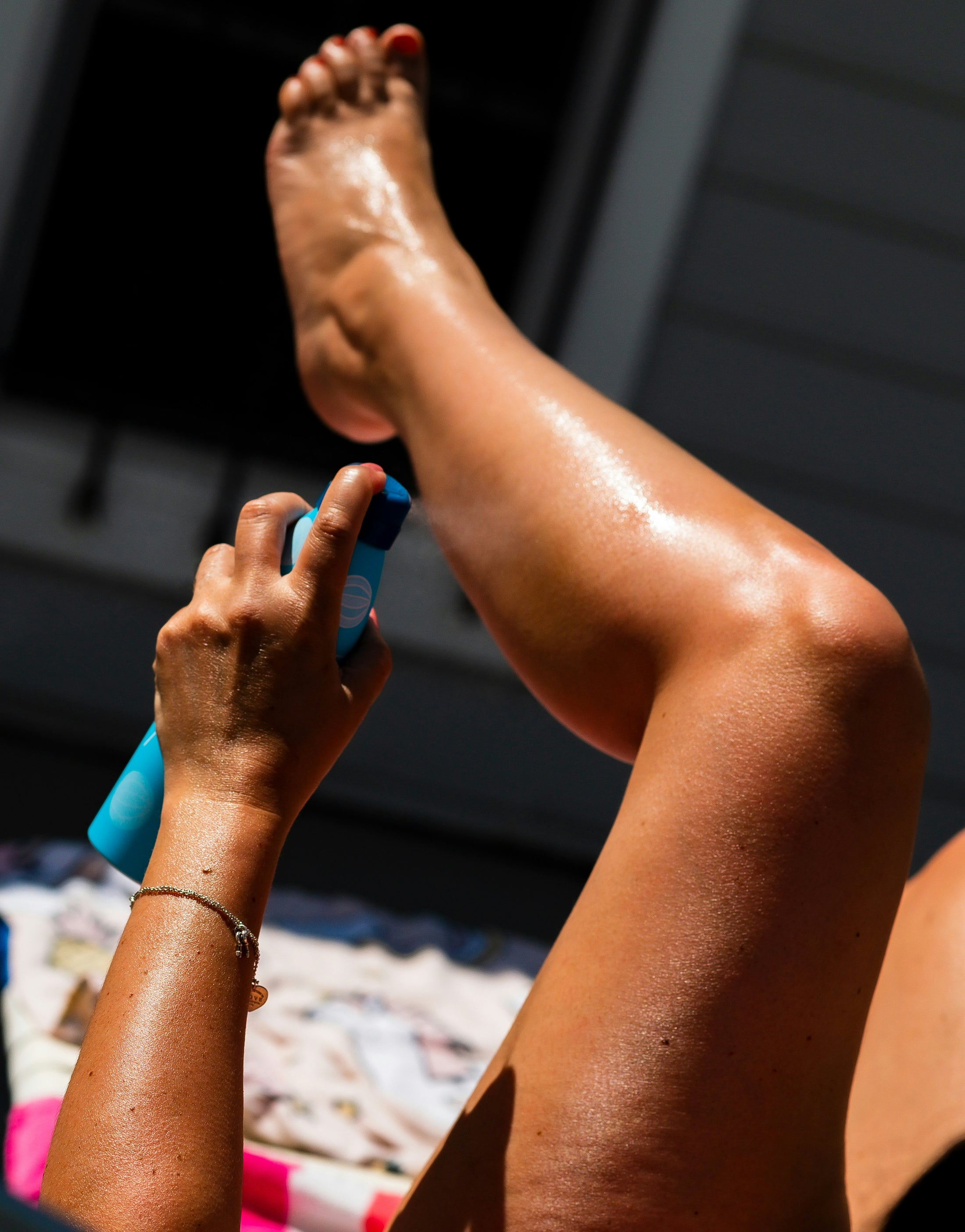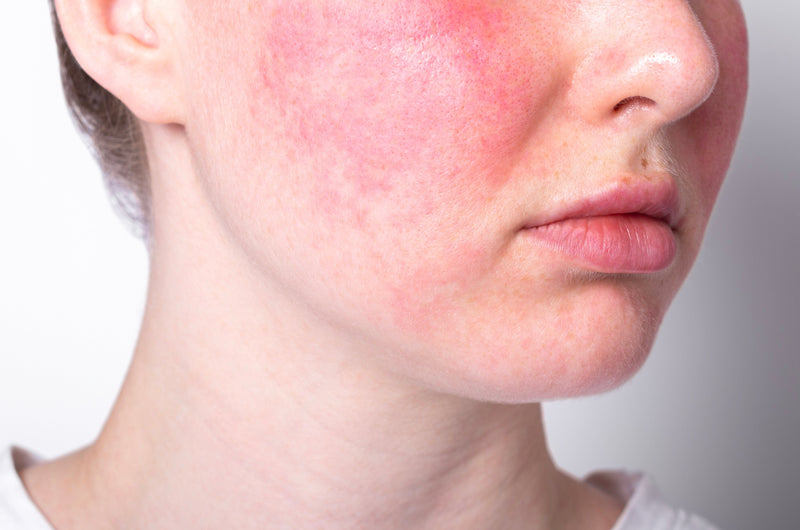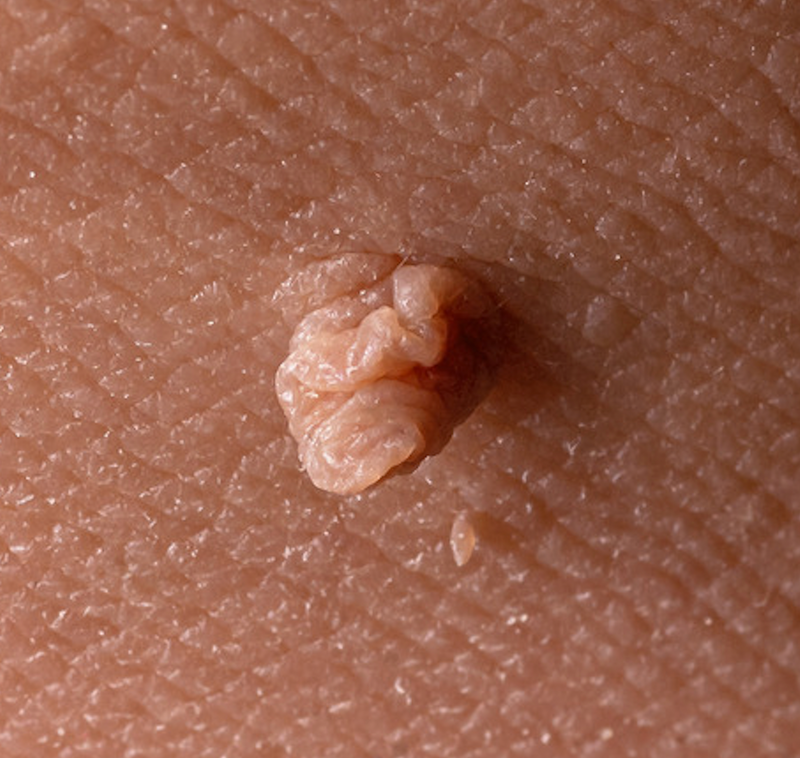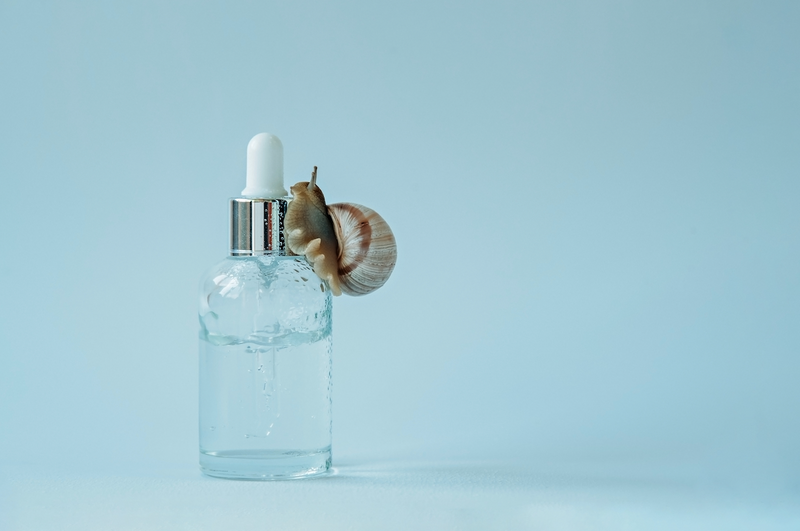If you've ever picked up a bottle of sunscreen, chances are you've seen the words "broad spectrum SPF" stamped on the label. But what does it mean? Let's break it down in a way that makes sense.
What does SPF mean?
- SPF stands for Sun Protection Factor, and it's a measure of how well a sunscreen protects your skin from UVB rays, the ones that cause sunburn and play a big role in skin cancer.
- If you normally start to burn after 10 minutes in the sun without protection, an SPF 30 sunscreen theoretically lets you stay in the sun 30 times longer (about 300 minutes) before burning.
- However, in real-world conditions, sunscreen wears off and should be reapplied every 2 hours, especially after swimming or sweating.
What does broad spectrum mean?
- SPF only tells part of the story. It doesn't tell you anything about UVA rays, which can also damage your skin, and that's where "broad spectrum" comes in. "Broad spectrum" means the sunscreen protects you from both UVA and UVB rays.
- While UVB is often called the "burning rays" and UVA the "aging rays," both actually contribute to aging AND cancer - it's not that simple. UVB gives you the sunburn you can feel and is the primary driver of DNA damage leading to skin cancer, but it also breaks down collagen over time. UVA penetrates deeper into the skin, causing most of the photoaging we see (wrinkles, fine lines, uneven pigmentation), but it's also a significant contributor to skin cancer, particularly melanoma.
- Only products labeled as "broad spectrum" have been proven to meet FDA standards for both UVA and UVB protection.
What do UVA, UVB, and visible light actually do? Here's the quick breakdown:
- UVB (B = Burn): Primary cause of sunburn and DNA mutations that lead to skin cancer. Also contributes to collagen breakdown over time.
- UVA (A = Aging): Penetrates deeper, causing most visible signs of aging and hyperpigmentation. Also plays a major role in skin cancer development, especially melanoma.
- Visible light (especially high-energy blue light): Can trigger hyperpigmentation, especially in deeper skin tones. You won't get a burn from it, but you might notice dark spots or melasma getting worse.
Not all sunscreens protect against visible light, but some tinted mineral formulas can help block it. This is especially useful for individuals with melasma, post-inflammatory hyperpigmentation, or skin of color.
What type of sunscreen blocks what? Let's talk ingredients because not all sunscreens work the same way.
Chemical sunscreens (a.k.a. organic filters)
- How they work: Absorb UV rays and convert them into heat.
- Common ingredients: Avobenzone, octinoxate, octocrylene, oxybenzone, homosalate.
- Pros: Lightweight, blends well into skin, often more cosmetically elegant.
- Cons: Can irritate sensitive skin; some degrade faster in sunlight. For example, avobenzone breaks down quickly, which is why it's often paired with stabilizers like octocrylene.
Mineral sunscreens (a.k.a. physical blockers)
- How they work: Sit on top of the skin and reflect, scatter, and absorb UV rays.
- Common ingredients: Zinc oxide, titanium dioxide.
- Pros: Great for sensitive skin, stable in sunlight, start working immediately upon application.
- Cons: Can leave a white cast (though many new formulas are tinted or micronized). Keep in mind that micronized physical blockers do not have visible light coverage. For visible light protection, look for non-micronized zinc oxide or iron oxides in tinted formulations.
Hybrid formulations combine both chemical and mineral filters, providing broader protection and improved stability while often offering better cosmetic feel than mineral-only formulas.
What about water resistance? If you're planning to swim, sweat, or be active outdoors, look for "water resistant" on the label. This means the sunscreen maintains its SPF protection for either 40 or 80 minutes of water exposure or sweating. Important note: Many cosmetically elegant sunscreens, especially those from overseas markets, often sacrifice water resistance for better feel and appearance. If you need serious water resistance, you may have to compromise on aesthetics.
A note about international sunscreens You might see Korean or European sunscreens with impressive claims and elegant textures. However, if you're buying these in the US, they're reformulated with FDA-approved filters only and aren't the same formulas available overseas. The original formulations use newer, more advanced filters not yet approved in the US, which is why they often feel more elegant.
The bottom line New sunscreen formulations combine filters (like avobenzone + octocrylene or zinc + titanium dioxide) providing broader protection and improving stability, making your sunscreen more effective throughout the day. Choose based on your needs: elegant daily wear vs. serious water/sport protection.








